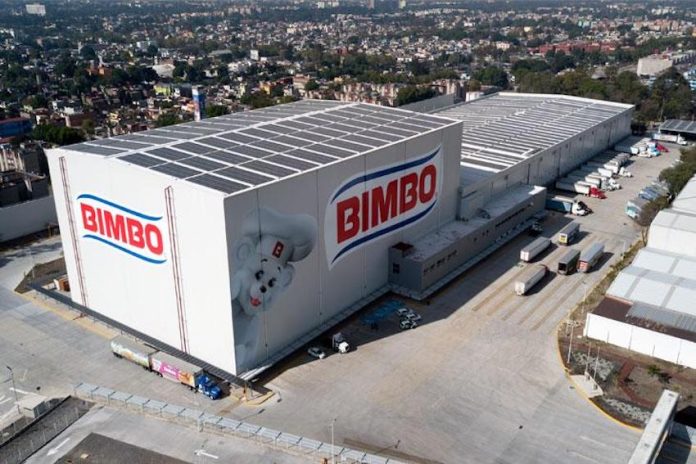If you grew up in Mexico — or have spent any stretch of time here — it’s likely that one of your earliest food memories involves the sight of a smiling white bear in a chef’s hat. That bear isn’t just a brand. He’s the face of Bimbo, the largest baking company in the world. A local legend turned global empire with a reach now spanning 76 countries and annual sales topping US $22 billion. You’ll spot him everywhere: stamped on white bread with soft, cloud-like slices, on chocolate-covered Gansito bars nestled in school lunchboxes, or even on bags of Takis, the spicy rolled corn snack that went viral across continents.
Bimbo’s numbers strike me every time. The company employs over 152,000 people worldwide. It has 13,000 products scattered across iconic banners — from Tía Rosa, Takis, Marinela, Oroweat, Entenmann’s, Pullman, Sara Lee, Barcel and Thomas, to treats bearing the mark of The Cheesecake Factory.
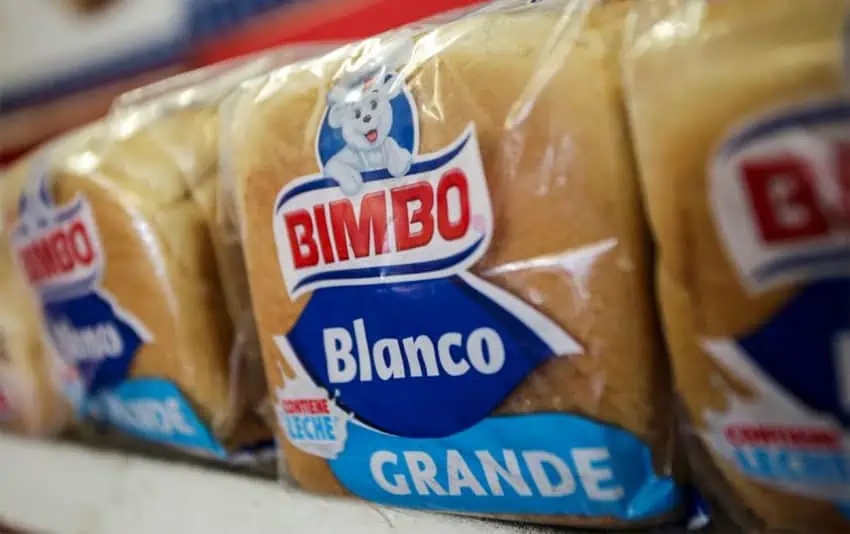
No other Mexican brand has managed to land so close to the heart — and table — of the everyday household, not even Coca-Cola. Bimbo’s market penetration in the country has matched or even outpaced the beverage giant in recent years. But behind that humble mascot, the story is anything but simple.
El Molino
Bimbo wasn’t dreamed up by foreign investors or MBAs, but by the Servitje family — Catalan immigrants drawn to Mexico’s postrevolutionary promise who first dipped into the bakery business nearly a century ago. In 1928, Juan Servitje Torrallardona opened El Molino, a modest bakery in Mexico City, along with partners Bonet and Tinoco. El Molino quickly became a neighborhood staple, but tragedy reshaped its destiny. In 1936, Juan died suddenly, leaving his teenage son Lorenzo in charge. Lorenzo, then studying accounting at UNAM, abandoned university to steer the business. He inherited both the daily challenge and the quietly ambitious hope that bread, which so often arrived from suppliers tinged with mold and disappointment, could be made fresher, safer and better.
Joining Lorenzo was his uncle, Jaime Sendra Grimau. After years of grappling with unreliable outside suppliers, they decided to bake their own bread — clean, nutritious and freshly wrapped — a goal inspired by trade publications like Baker’s Helper and by the spirit of mom-and-pop ingenuity.
The birth of Bimbo and the power of cellophane
On December 2, 1945, Panificación Bimbo S.A. opened its doors. The founding partners — Lorenzo, Roberto Servitje, Jaime Jorba, Jaime Sendra and Alfonso Velasco — started with 34 employees and four simple products: small and large white loaves, dark rye and toast bread. But the secret wasn’t only the recipe, but the packaging with cellophane, an innovation for Mexican bread. Generic waxed paper hid flaws. Cellophane let customers inspect their loaf before buying, a clear signal that never again would bread be a gamble.
The name Bimbo emerged almost by accident, inspired by the founders’ children’s love for Disney’s “Bambi” mashed up (somewhat mysteriously) with “Bingo.” They later realized “bimbo” meant “kid” in Italian and sounded like “bread” in Mandarin (“miànbāo”), sweet serendipity that helped the brand’s future exports (whether the bakery knew of the negative connotations of the term in English is unclear).
Osito Bimbo: Mexico’s most famous bear
Branding quickly proved as pivotal as baking. Bimbo’s white bear mascot — the Osito — came to life after Anita Mata adapted a Christmas card illustration, adding a chef’s hat and apron while Alfonso Velasco completed the look. Over the decades, the bear’s image shifted with the cultural mood: black-and-white for postwar thrift, full-color for mid-century optimism, soft lines for a digital age. But his gentle gaze stayed the same, embodying cleanliness, reliability and abundance.
From the big city to the entire country (with loudspeakers)
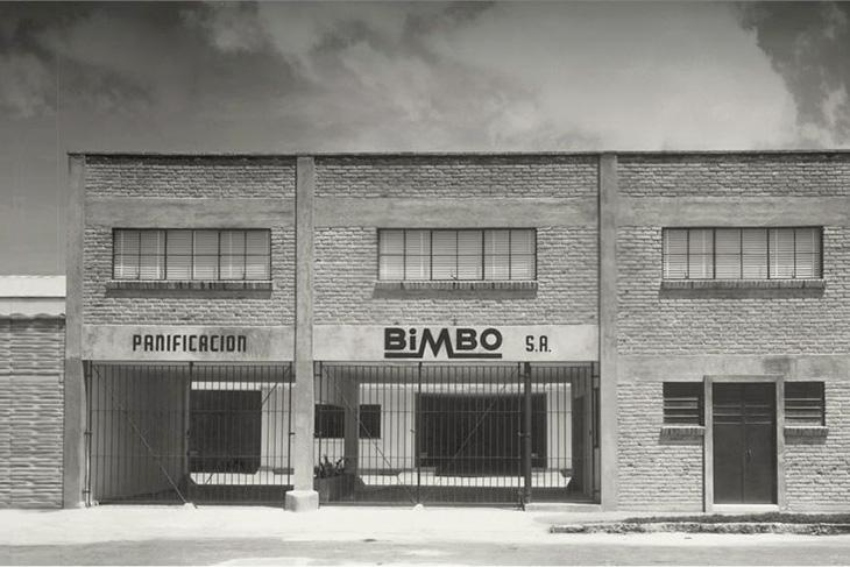
Marketing innovation kept pace with industrial advances. In 1949, Bimbo’s “truck 38” rumbled out of Mexico City, fitted with loudspeakers and a phonograph, turning bread delivery into performance and spectacle. By 1955, Bimbo had grown to 700 employees and 140 custom delivery vehicles, serving city and countryside alike, a logistics system as modern as any in North America.
As Bimbo reached new customers, its product portfolio grew too: Bimbo Bear Donuts, Bimbollos, Medias Noches and Colchones bred familiarity with American-style convenience snacks and local flavor alike.
Gansito and the factory revolution
In the 1950s, Bimbo branched into pastries. Its Marinela line, launched in 1954, would change corner stores forever. After much trial and error, Marinela debuted Gansito in 1957 — a chocolate-covered snack cake filled with strawberry jam and cream, with chocolate sprinkles and a duck mascot. Its slogan, “Recuérdame” (“Remember me!”), struck a cultural chord, and soon Gansito symbolized not only a snack but care from home, especially in the school lunchbox. By the mid-1970s, Marinela was churning out a million Gansitos a day.
These innovations required scale. In 1972, Bimbo opened the largest bakery in Latin America, in Azcapotzalco, Mexico City, with technology so advanced it could produce one-and-a-half loaves per second and included a staff soccer field and company museum. Two years later, an adjacent Marinela plant joined the complex, demonstrating Mexico’s commitment to the very cutting edge.
Multiplying brands, multiplying routes
The 1970s saw brand development explode. Bimbo launched Tía Rosa (sweet breads, tortillas), Suandy (butter cookies), acquired Ricolino (chocolates/candy), and created Barcel, soon the source of Takis, the trailblazing spicy snack that went on to conquer international shelves and screens. By the end of the decade, Bimbo included three companies, 12 plants and 15,000 employees. In the years to come, these numbers would only multiply.
Going global: the Sara Lee milestone
Going international began in Guatemala in 1989. But the watershed moment came in 2010, when Bimbo purchased Sara Lee Bakery’s North American operations for $959 million. Suddenly, this Mexican company owned 41 bakeries, 4,800 delivery routes, the Sara Lee brand and 13,000 more employees, making Bimbo Bakeries USA the biggest baking company in America and flipping the script on global business. Mexico was no longer just an exporter of talent and tradition but a buyer, reshaper and leader even in markets once seen as unreachable.
Takis: the viral Mexican snack
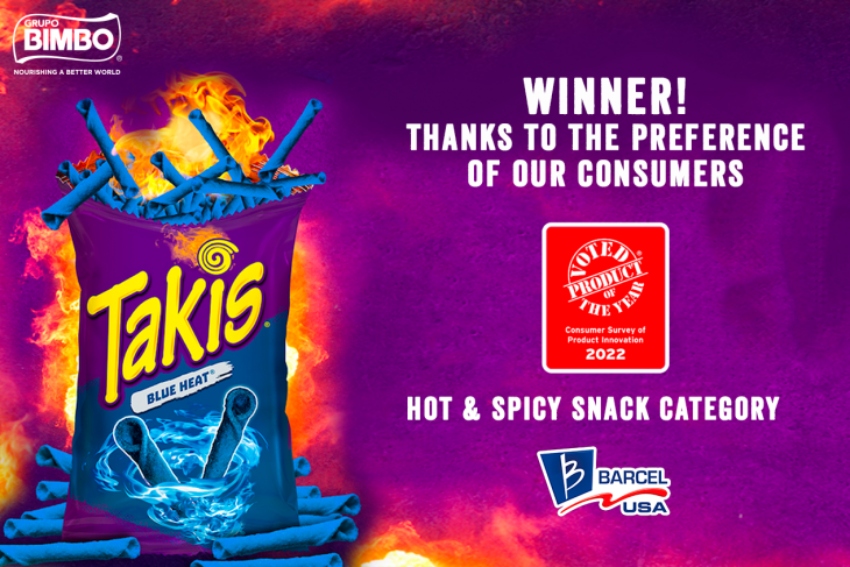
Barcel was originally a small salt snack division, but it created Takis — rolled, spicy tortilla chips — now a global sensation among Gen Z worldwide. Takis didn’t merely sell millions; they sparked social media trends and viral campaigns from the UK to America. They’re now a symbol of Mexican innovation, proving that Mexican flavor — and Mexican risk-taking — can beat global players at their own game.
Facing crisis, pandemic and regulation
Recent years have put Bimbo’s adaptability to the test. During the COVID-19 pandemic, home consumption soared. The company’s reach helped it learn quickly. When China’s lockdowns hit, Bimbo implemented temperature checks and strict protocols for employees globally. In Peru and Colombia, sliced bread sales jumped up to 40%, as the sandwich became the go-to meal for families spending more time at home.
Then came Mexico’s NOM-051 label law in 2020, requiring front-of-package warning labels for high fat, sugar or sodium content, and banning cartoon mascots like the Osito from non-compliant products. Bimbo responded by reformulating recipes, moving mascot imagery to compliant items, and engaging consumers on new, healthier products.
Sustainability: bread for the next century
Today, Bimbo is far more than an industrial food giant. It is also a leader in sustainability, aiming for net zero emissions by 2050 and already sourcing more than 92% of its electricity from renewable sources. By 2025, all its packaging will be recyclable, biodegradable or compostable, a target Bimbo is already 94% of the way towards achieving.
The company has blazed trails in regenerative agriculture, with more than 170,000 hectares of corn and wheat transitioned to sustainable cultivation across four countries. Water productivity is up, CO₂ emissions are down, and hundreds of farmers have received training to make these goals a reality. Its vehicle fleet includes 4,200 electric trucks — the largest in Latin America — showing that even old-school bread delivery can go green.
At the heart of Mexican homes
A 2024 Kantar survey ranks Bimbo ahead of Coca-Cola in Mexican household penetration, the first time a food brand has achieved this in modern memory. Bimbo’s products appear at breakfast, at school, at family celebrations, everywhere. The Osito’s face evokes childhood and nostalgia with an intensity matched only by his international presence.
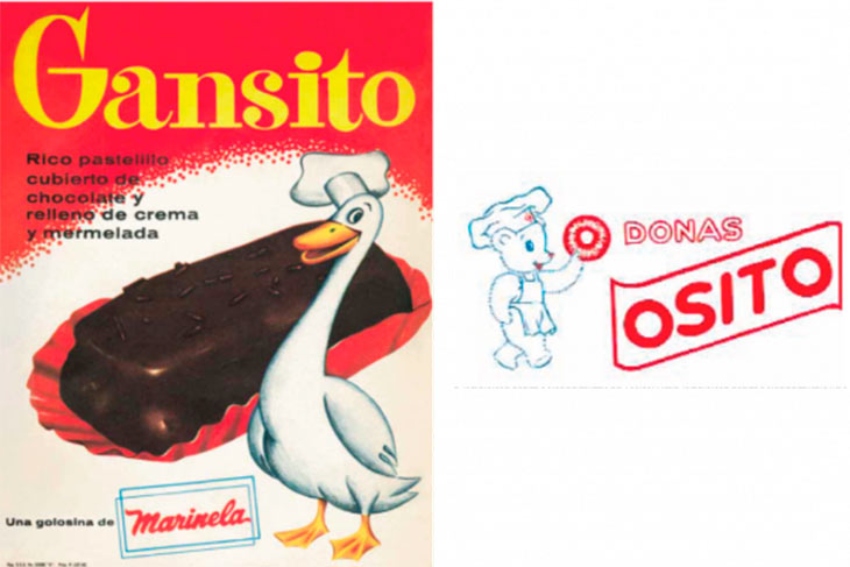
Young & Rubicam’s study found that Bimbo ranked as “the closest brand to Mexicans,” not only recognized but beloved, shaping rituals and routines for generations. Whether it’s pan dulce in the morning, a Gansito at school, or Tía Rosa tortillas at lunch, Bimbo doesn’t just sell food; it sells trust.
Recognition, revenue and forward motion
International accolades — Time magazine’s “World’s Best Companies,” Forbes sustainability rankings — keep stacking up. With US $21.8 billion in sales for 2024, Bimbo is the largest in its sector worldwide, holding a 4.3% share of the global bakery market (compared to Mondelez’s 3.4%). In the U.S., Bimbo Bakeries has grown from a 29% to a 31% share of a $47 billion market.
Expansion continues. In 2025, Grupo Bimbo acquired Don Don in Southeast Europe, pushing its reach further still. It is also committed to removing all artificial coloring from its products by 2026. Innovation never stops, rooted always in an old promise: “Make good bread, with care, for every home.”
The bread that unites Mexico
Bimbo’s journey is the story of a Mexico in motion: not content, not insular, but continually inventing itself. From a family grief to a global force, from waxed paper to cellophane to biodegradable packaging, from a lunch-table favorite to a stock market standout, the story of Bimbo is really about what’s possible when tradition and ingenuity are allowed to rise together.
Eight decades after its founding, the Osito Bimbo remains, smiling gently, a symbol of how a local dream, handled with care and vision, can grow into global belonging. Grupo Bimbo’s name pulses through small town bakeries, state-of-the-art factories and the most cosmopolitan supermarkets of North America, Europe, Asia and Africa. Its millions of loaves, cakes and snacks thread together schoolchildren, commuters, workers and families in a bread network that circles the planet.
The next time you break a Bimbo roll, spread it with butter, or reach for a Gansito on a busy afternoon, remember: you’re tasting something much bigger than a snack. You’re sharing in the unlikely, ongoing revolution of a Mexican company that learned, from hardship and hope, how to feed and charm the world.
María Meléndez is a Mexico City food blogger and influencer.
